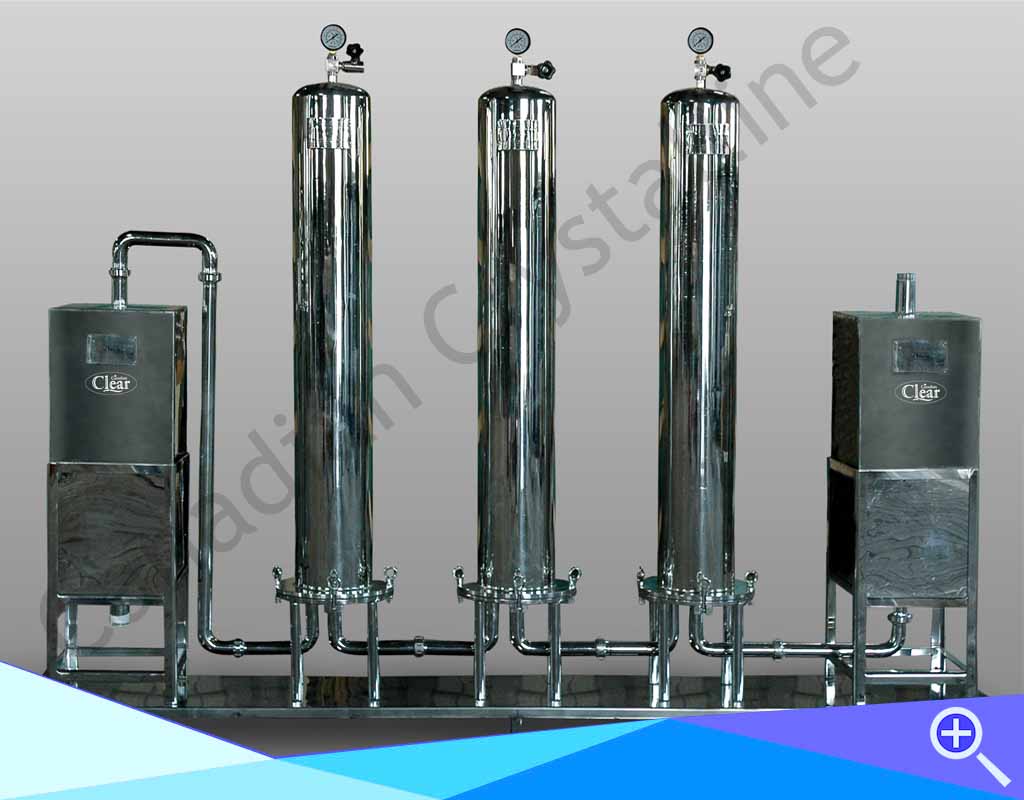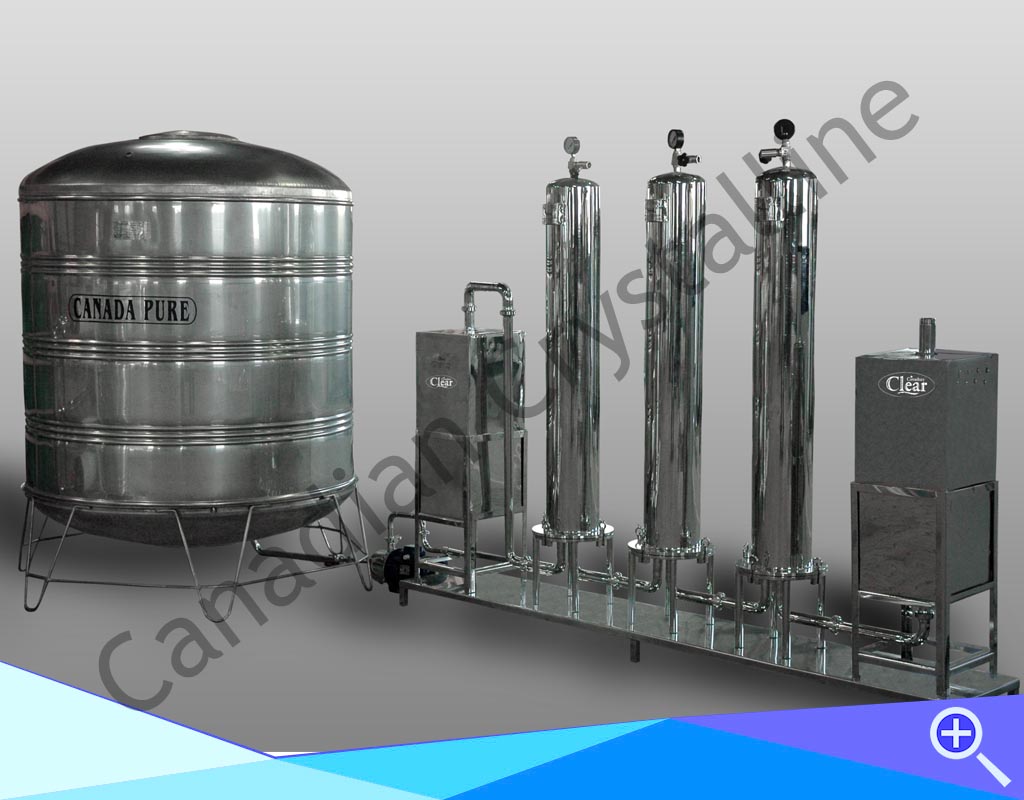Industrial Effluent Treatment Plant
The best water treatment plant manufacturesCombining carbon with RO is an improvement, but RO is still an expensive, unnecessary and wasteful step for most homeowners. Sub-micron filtration does nearly everything that RO can do. Ion exchange does the rest. Granulated carbon and a carbon multi-media block remove more chemicals than carbon alone. So, an MSP is more effective than either the single stage or RO combined with carbon. Some of the positive reverse osmosis reviews come from homeowners that have brackish wells. If this is your problem, you should know that the new inexpensive compact RO systems cannot handle the job. In order to desalinize, they need a special membrane that is not included in the smaller, less expensive models. No reverse osmosis water treatment comparison would be complete without looking at waste and price. MSP devices do not create wastewater. All RO units, regardless of the size and price, create gallons of wastewater, in which the contamination level is much higher than in the original source. What does one do with this wastewater? It goes down the drain. Some companies suggest that you use the discharge to water your plants. That's not a good option. If it doesn't kill the plants right away, it will contaminate your soil. Depending on the degree of contamination, it could cause health problems through inhalation or skin absorption. Whether it goes down the drain or on the lawn, the contaminants eventually end up back in the groundwater. So, you will have contributed to our already large environmental problems. Contaminants removed by an MSP are trapped within the enclosed cartridge, which is easy to dispose of and not a source of pollutionRead Related






























 Toll Free
Toll Free
